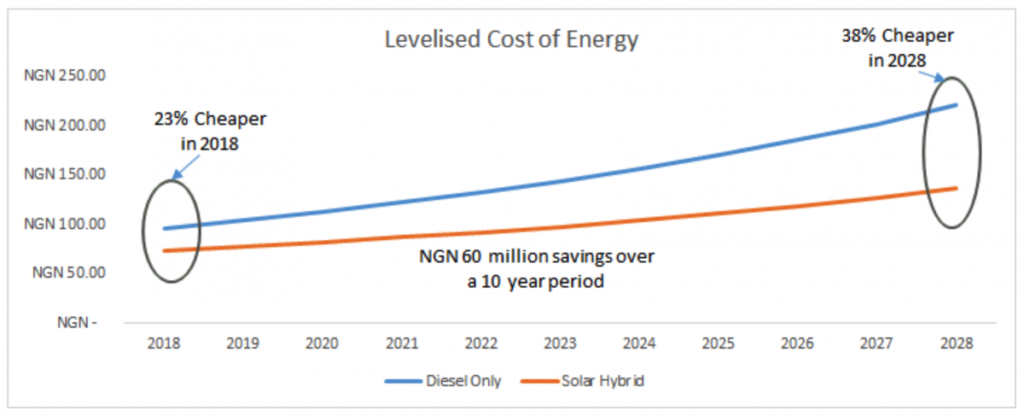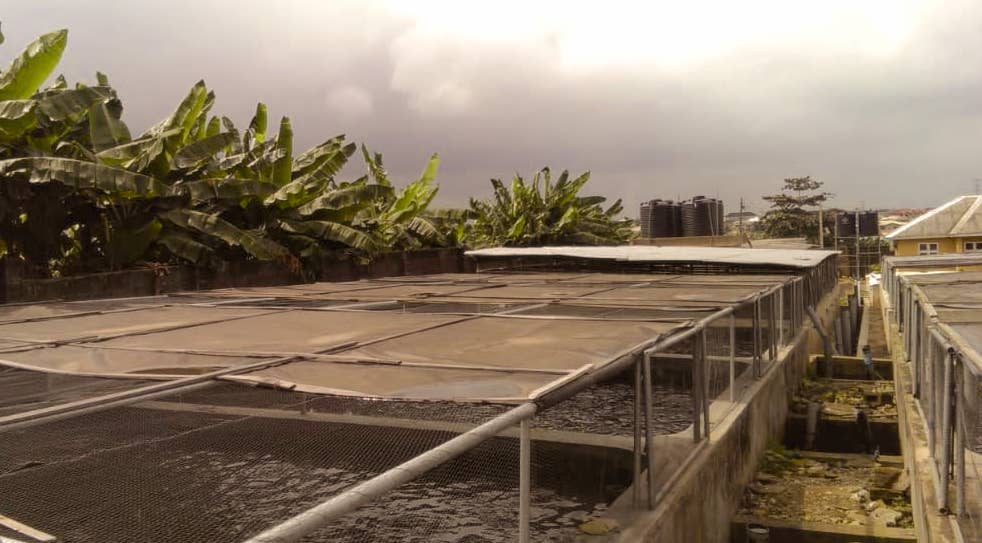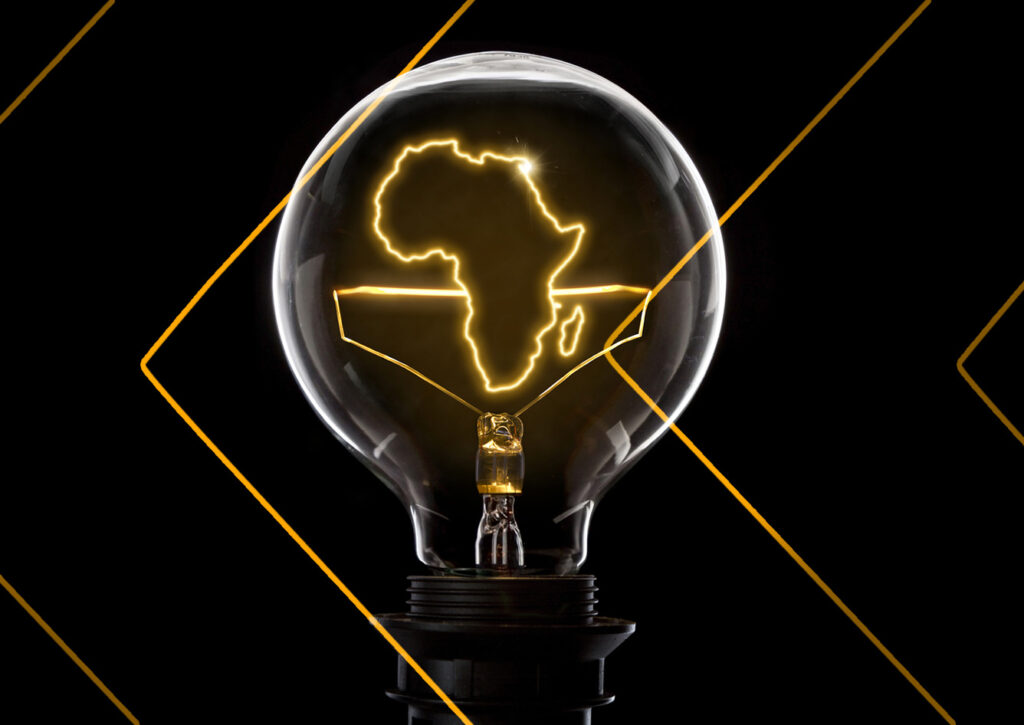Agriculture accounts for 30% of economic activities in Nigeria, this equates to about $150 billion annually. As the population grows, the need for increased throughput in our agricultural sector becomes more eminent in both rural and urban areas, where industrial fish farms are increasing.
To illustrate this, a land-based fish farm can drastically increase the amount of fish produced in the same space by utilizing aerator blowers which inject air into the water of the fish farm. These blowers run 24 hours a day, 7 days a week, and are critical to the survival of fish and the business.
In most cases, loss of power for more than 2 hours would equate to 4 months of lost revenue (i.e batch of fish dying in a contained fish farm). Hence these establishments usually employ a redundant (N+1) backup system. With each generator running 12 hours a day and switching over to keep the fish farm continuously habitable for the fish.
Powering these aerator blowers comes at an additional cost, and this cost is compounded in a country like Nigeria where electricity is expensive and unreliable.
In this article, we shall take a deep dive into the use case of powering an industrial fish farm solely on diesel generators vs. powering it on a solar power hybrid solution.
Baseline Scenario: A fish farm running completely off-grid, needing 24 hours of power, hence two diesel generators are running every 12 hours.
Solar-hybrid Scenario: A farm using one diesel generator and a complementing Solar power solution – the Diesel generator powers the farm at Night while the solar power solution powers the farm during the day.
Baseline: Fish Farm Powered on 2 Diesel Generators
In this section, we shall set a baseline cost for running the farm using a diesel generator. The components of the costs in this power system are :
- The cost of capital for 2 generators
- Depreciation
- Diesel costs
- Maintenance cost
| Item | Description | Cost/month |
Cost of Capital – 25% | 2 X 250kVA generators. NGN 31MM total capital cost | NGN645,833 |
Depreciation | 10,000 hours useful life per generator. 12 hours a day runtime per generator | NGN1,131,386 |
| Diesel Cost | 160kW average load on a 250kVA generator. 720 hours a month run time. 50 litres an hour consumption NGN 250/litre | NGN9,000,000 |
Maintenance cost | NGN 100,000 per generator every 200 hours. | NGN360,000 |
Total | Monthly energy consumption of 115200kWh. Levelized Cost of Energy. NGN 96.56/kWh | NGN11,137,219 |
Baseline scenario
Solar-Hybrid Scenario:
In this section, we shall look at a second scenario where a solar-battery hybrid takes over for the daytime energy consumption of the fish farm, and only one generator is needed for night time usage. The battery/generator act as the necessary redundant (N+1) back up necessary to keep the fish farm operational for 24 hours.
The components of the costs are
- Cost of Capital for 1 generator
- Depreciation – Generator
- New Diesel cost
- Maintenance cost
- Cost of Capital for Solar+Battery
- Depreciation – Solar+Battery
| Item | Description | Cost/Month |
Cost of Capital – 25% | 1 X 250kVA generators. NGN 15.5MM total capital cost | NGN322,917 |
Depreciation – Generator | 10,000 hours useful life per generator 12 hours a day runtime per generator | NGN558,000 |
Diesel Cost | 160kW average load on a 250kVA generator. 360 hours a month run time. 50 litres an hour consumption NGN 250/litre | NGN4,500,000 |
Maintenance cost | NGN 100,000 per generator every 200 hours. | NGN180,000 |
Cost of Capital of Solar+Battery – 10% Using BOI Solar Finance | 500kWp Solar (NGN166MM) with 320kWh usable battery capacity (NGN91MMM) | NGN 2,143,158 |
Depreciation – Solar+battery | Solar – 20 years Battery – 15 years | NGN450,000 NGN388,889 |
Total | Monthly energy consumption of 115200kWh. Levelized Cost of Energy. NGN 74.16/kWh. 23% lower than the baseline case. | NGN8,542,964 |
23% reduction in energy cost:
By powering the day time loads with a large scale solar and battery solution and utilizing Bank of Industry’s Solar financing vehicle, this enterprise can reduce the Levelized Cost of energy used in the fish farm by 23% in month 1 alone.

2018 and beyond: The illustration above shows the long term value beyond month 1 – with an assumption of a conservative 10% yearly increase in diesel cost.
The cost savings between both scenarios increases over time as the solar hybrid solution is exposed to only half the price increase of the pure diesel scenario while providing the same power output needed for the full utilization of the fish farm.
This equates to a cumulative NGN60 million savings over a 10-year period.
Feature image credit: https://ferd.no/en/capital/news/water-for-land-based-fish-farming

